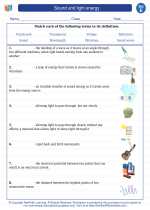Sound and light energy -> ecosystem
Ecosystem: Explained
An ecosystem is a community of living organisms (plants, animals, and microorganisms) in conjunction with the nonliving components of their environment (such as air, water, and mineral soil), interacting as a system. These biotic and abiotic components are linked together through nutrient cycles and energy flows. Ecosystems can vary greatly in size and can be as small as a puddle or as large as the Amazon rainforest.
Components of an Ecosystem
Ecosystems consist of two main components:
- Biotic Components: These are the living organisms within the ecosystem, including plants, animals, fungi, and microorganisms. These organisms interact with each other and with the abiotic components of the ecosystem.
- Abiotic Components: These are the nonliving factors that influence the ecosystem, such as sunlight, temperature, water, soil, and air. These factors affect the distribution and behavior of the biotic components.
Interactions in an Ecosystem
Within an ecosystem, organisms interact with each other and with the abiotic factors in various ways:
- Predation: Some organisms hunt and feed on others for survival. This interaction helps to control the population of prey species.
- Competition: Organisms compete for resources such as food, water, and space. This competition can influence the distribution and abundance of species in the ecosystem.
- Symbiosis: This is a close and long-term interaction between different species. Examples include mutualism, where both species benefit, and parasitism, where one species benefits at the expense of the other.
- Decomposition: Decomposers break down dead organisms and organic matter, releasing nutrients back into the ecosystem.
Energy Flow and Nutrient Cycling
Energy flows through an ecosystem in the form of food. Producers, such as plants, use sunlight to produce energy through photosynthesis. This energy is then passed on to consumers, such as herbivores, and then to other levels of consumers, including carnivores and omnivores.
Nutrients, such as carbon, nitrogen, and phosphorus, are cycled through the ecosystem. Decomposers play a crucial role in breaking down organic matter and recycling nutrients back into the soil.
Human Impact on Ecosystems
Human activities, such as deforestation, pollution, and climate change, can have significant impacts on ecosystems. These activities can disrupt the balance of the ecosystem, leading to loss of biodiversity and changes in the environment. Conservation efforts are important to protect and preserve the delicate balance of ecosystems.
Study Guide
- Define Ecosystem: What are the main components of an ecosystem?
- Interactions: Describe the different types of interactions that occur within an ecosystem.
- Energy Flow: Explain how energy flows through an ecosystem and the role of producers, consumers, and decomposers.
- Human Impact: Discuss the potential impacts of human activities on ecosystems and the importance of conservation.
Understanding ecosystems is crucial for understanding the delicate balance of nature and the impacts of human activities. It is important to study and appreciate the complexity of ecosystems to ensure their preservation for future generations.
[Ecosystem] Related Worksheets and Study Guides:
.◂Science Worksheets and Study Guides Fifth Grade. Sound and light energy
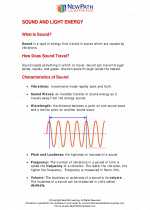
 Activity Lesson
Activity Lesson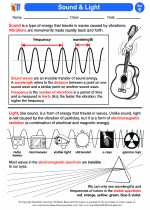
 Worksheet/Answer key
Worksheet/Answer key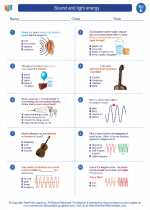
 Worksheet/Answer key
Worksheet/Answer key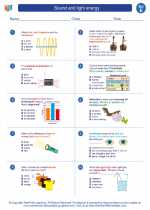
 Worksheet/Answer key
Worksheet/Answer key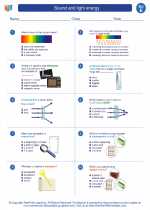
 Worksheet/Answer key
Worksheet/Answer key
 Vocabulary/Answer key
Vocabulary/Answer key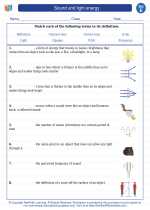
 Vocabulary/Answer key
Vocabulary/Answer key